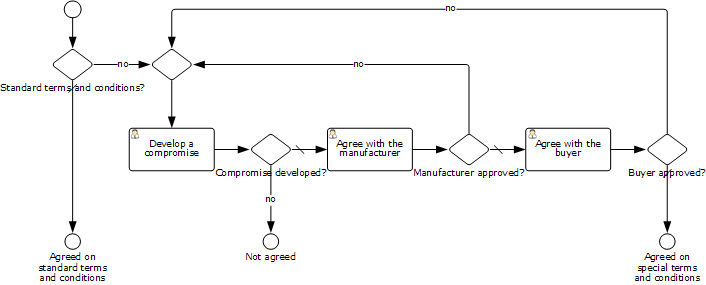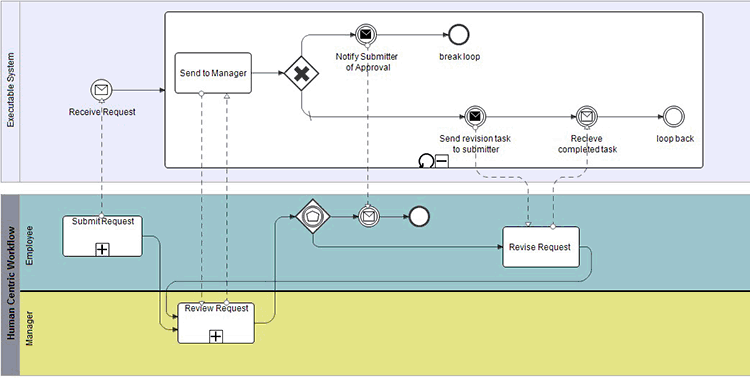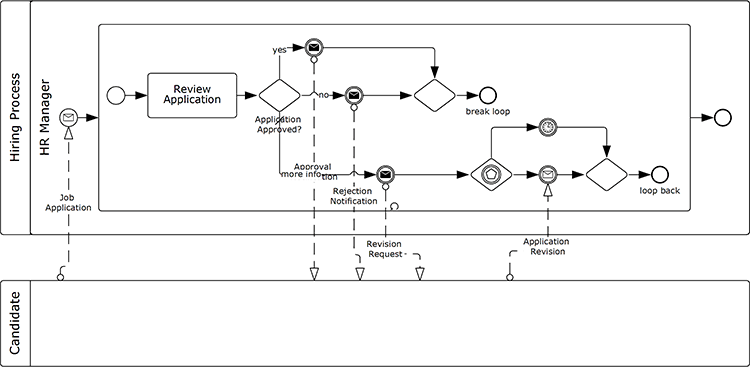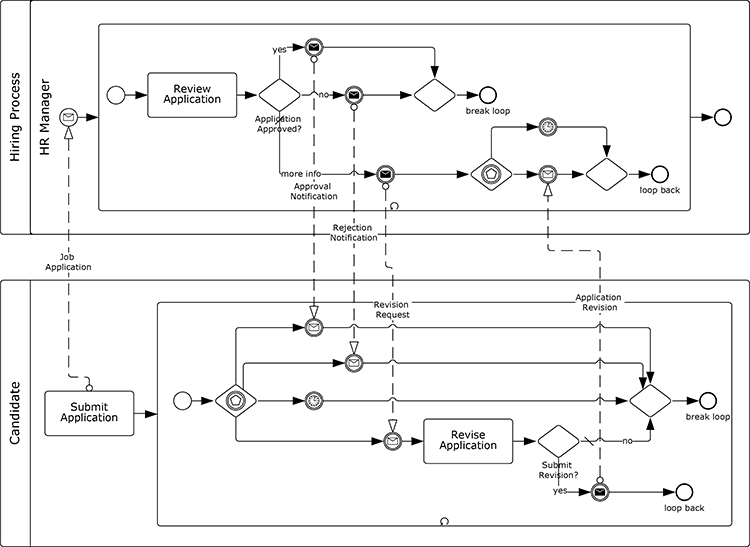Although a single agreed definition of BPM has not yet been developed, most experts agree that BPM is a combination of management methodology and software tools. But what is BPM methodology and does BPM have a methodology of its own?
To get started, what process methodologies constitute today’s mainstream?
- The most popular today is Lean Six Sigma - a combination of Lean and Six Sigma approaches.
- Lean is a business transformation methodology derived from Toyota Production System (TPS) that focuses on increasing customer value by reducing the cycle time and elimination of waste.
- Six Sigma is a business transformation methodology originally developed at Motorola, it focuses on customer’s value by reducing process variations and elimination of defects on the basis of strict statistical techniques.
- Theory of Constraints (TOC) is a systematic approach to process improvement that views the business as a system of interconnected processes. The key point is that the performance of the whole is constrained by the weakest step like the strength of a chain equals to the weakest link’s strength. Although this methodology’s scope is narrower it brings genuine and practically valuable ideas. As a result they become widely accepted and partially incorporated into Lean Six Sigma.
- Total Quality Management (TQM) is also widely known yet now it’s part of the history rather than evolving methodology. Its basic ideas became part of Lean and Six Sigma as well as the ISO 9000 series of quality standards.
In addition some companies and analysts promote their own, sometimes very interesting methodologies. But perhaps only TQM, Lean, Six Sigma and TOC have reached the mainstream, meaning that there are communities around them, many books are written and training courses are available. Given that these mainstream methodologies overlap with each other to a large extent we can hardly expect that any new methodology would gain wide acceptance in a sudden.
Viewing from this perspective one comes to the conclusion that BPM doesn’t need a process methodology of its own: first, such a methodology would be competing to the mainstream without a chance to win, and secondly, BPM can be successfully applied in any of the mainstream methodologies.
Within BPM we should only talk about «tactical» methodology which is closely related to the tools. For example, BPMS promotes efficient business process discovery. Another example is rapid prototyping of executable processes within BPMS which helps bridging the gap between business and IT and improves agility.
But the strategic issues of process management - like the company’s value chain definition - are rather part of the outer context than the BPM itself. That doesn’t mean underestimating: the context is very important because it sets the business goals; without them the BPM program would be no more than IT department exercise.
What practical conclusions from this are for companies thinking about implementing the BPM program?
- Take care both about technology and methodology. Within technology you should choose a BPMS, agree business process modeling style, adopt a standard business process lifecycle etc. On the methodology side you need to know e.g. how a particular process for the next project within BPM program is choosen: what’s the procedure and who is in charge. How the key metrics are choosen at the project start and how the goals are measured at the end? How the visibility of processes and their reuse are promoted within the organizations? Who is responsible for business processes to join into a value chain and not becoming scattered islands of suboptimization?
- Leverage on ready-to-use BPMS and methodology. Developing a methodology of your own as well as developing a BPMS will bring you too far from the ultimate project goal which is improving your business efficiency. Keep in mind that developing a unique methodology could only afford such giants as Toyota (Lean), Motorola (Six Sigma) or Xerox (TQM). Stand on the giants’ shoulders - spend time on the books and trainings, hire consultants that have experience in implementing process management with BPM. This in no way means the call to blindly copy other’s experience. In fact, all methodologies establish only general principles and leaves more than enough room for the adaptation to the conditions of your particular business. And they all emphasize the importance of developing your own competence rather than buying it from someone else. So you’ll need talented and motivated individuals starting from the company’s top and you will have enough tasks adequate to their ambitions.






